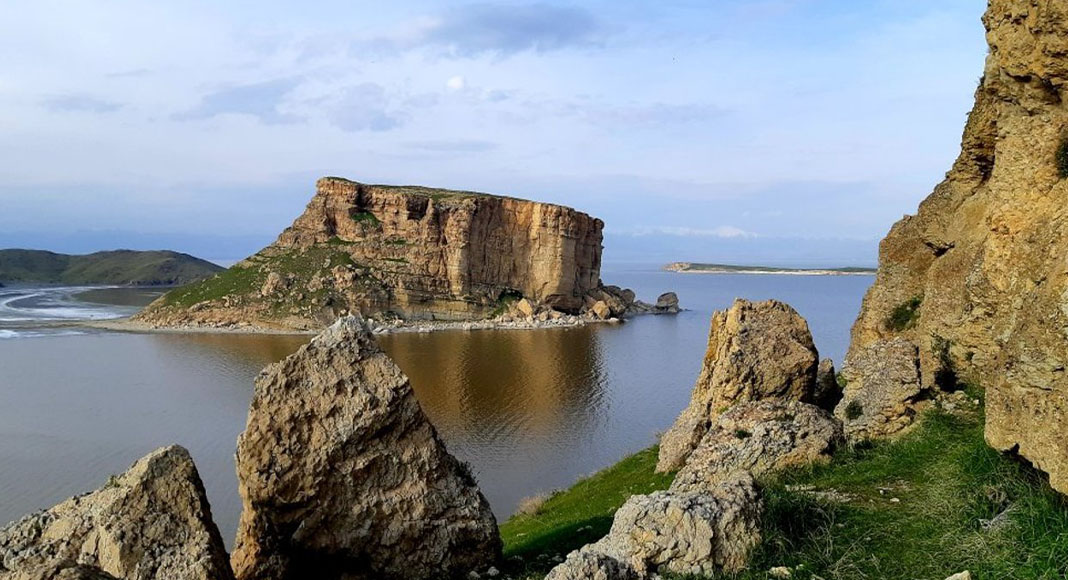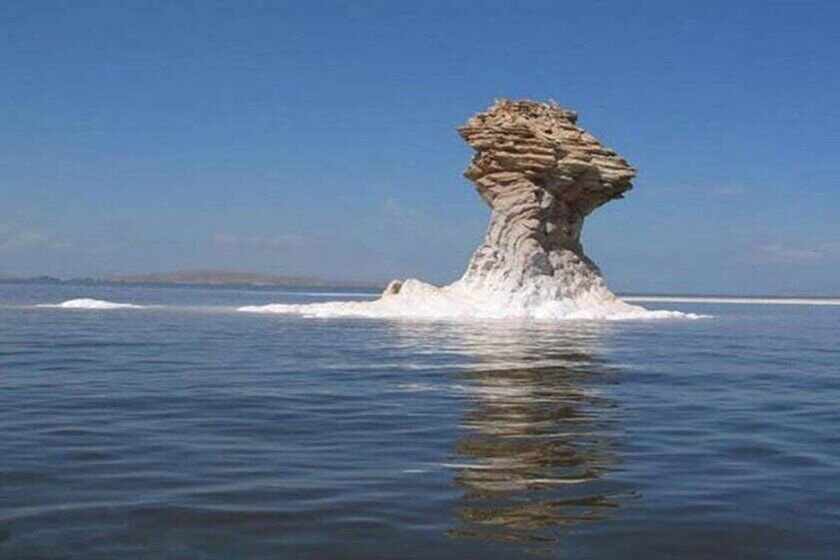Geotourism, the type of tourism that focuses on geology and the natural landscape, offers enthusiasts a unique opportunity to explore the earth’s wonders. In this regard, Urmia in Iran stands out as a hidden paradise, rich in geotouristic potentials. Known for its diverse geological features, cultural heritage, and impressive biodiversity, Urmia beckons to all who are passionate about exploring the natural beauty of our planet. What makes Urmia a remarkable geotourism destination? In this article, we’ll delve into the geotouristic potentials of Urmia and explore why it should be on every nature and adventure lover’s travel list.
The Significance of Urmia Lake
Urmia Lake, once one of the largest saltwater lakes in the world, holds immense ecological and cultural significance. Despite its recent environmental challenges, the lake remains a key component of Urmia’s unique ecosystem. It supports a rich diversity of wildlife, including migratory birds. The lake’s saline waters also create spectacular landscapes and offer insights into the environmental impacts of human activity. Efforts to restore Urmia Lake have become critical, highlighting its importance to both local ecology and cultural heritage.
Cultural Heritage of Urmia
Beyond its natural wonders, Urmia’s rich cultural heritage captivates travelers. The region boasts an array of historical places and cultural sites that offer a deep dive into Iran’s diverse history. Ancient churches, mosques, and castles are scattered across the landscape, each telling a story of bygone eras. Exploring Urmia’s cultural sites not only enriches one’s understanding of history but also underscores the intrinsic link between culture and nature in the region.
Exploring Urmia’s Volcanic Formations
The volcanic formations around Urmia provide another fascinating aspect of its geology. These formations result from volcanic activity that occurred millions of years ago, leaving behind unique rock formations in West Azerbaijan. Geotourists can explore these formations through nature trails that offer scenic views of rugged landscapes. The exploration of these volcanic features not only enhances one’s understanding of geology but also offers thrilling adventures for nature lovers.
Biodiversity in the Urmia Region
Urmia’s biodiversity is a key attraction for those interested in ecology and wildlife habitats. The region hosts various species of plants and animals, many of which are endemic. Visitors can experience this biodiversity firsthand by exploring the area’s nature trails and ecotourism spots. The delicate balance of Urmia’s ecosystem is a testament to the environmental impacts of both natural processes and human intervention, making it a vital area of study for ecologists and conservationists.
Geothermal Springs in Urmia
Adding to its geotouristic appeal, Urmia is home to several geothermal springs. These natural hot springs are not only popular for their therapeutic properties but also for their geological significance. The geothermal activity underlying these springs offers insights into the region’s tectonic activity. Visiting these springs provides a relaxing experience for tourists and serves as a draw for those interested in geology and natural landscapes.
Urmia Salt Effects
The unique properties of Urmia’s salt have intriguing geological and ecological implications. The salt formations around Urmia Lake influence the region’s natural beauty and landscape. They provide stunning photographic opportunities and are a focal point for studies into the environmental effects of high salinity. Exploring these salt effects enriches the geotourism experience, offering a glimpse into the natural processes shaping the region’s ecosystem.
Urmia’s Unique Ecosystem
The interplay of geological formations, biodiversity, and climatic conditions creates Urmia’s unique ecosystem. The region’s distinct natural beauty is characterized by its varied landscapes, from lush valleys to arid plains. For ecotourists, Urmia offers an abundance of adventures, each revealing the intricate connections between landforms, climate, and life. Urmia’s ecosystem exemplifies the potential of geotourism to foster appreciation for our planet’s natural heritage.
In conclusion, Urmia is indeed a hidden paradise for geotourism enthusiasts. Its array of geotouristic potentials—from the awe-inspiring Urmia Lake and rich cultural heritage to volcanic formations and geothermal springs—make it a must-visit destination. Whether you’re an adventure seeker, a nature lover, or a geology enthusiast, Urmia promises a memorable exploration of nature’s wonders.


